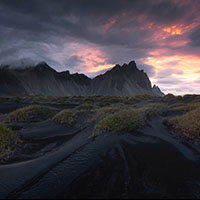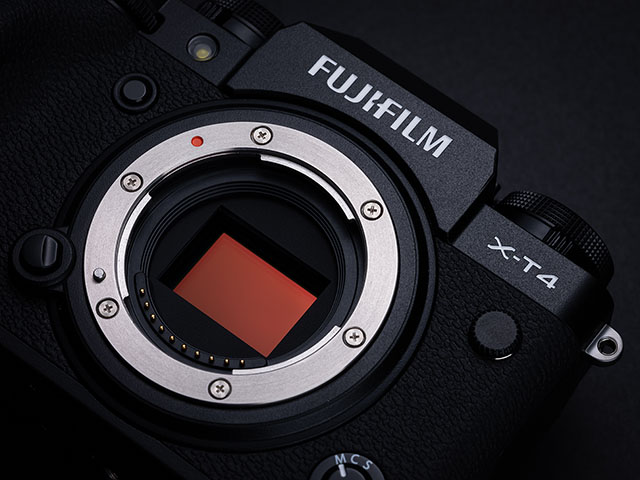Video: Pro landscape photographer’s perspective after switching from full-frame to the Fujifilm X system
posted Thursday, January 6, 2022 at 11:30 AM EDT

There's sometimes a misconception that professional photographers use specific cameras. Even still, with the continued incursion of mirrorless cameras into the kits of many professional photographers, some people think that a pro camera must look like a large Canon or Nikon DSLR. Among photographers, well, we know better, right? However, there remain some ideas about what makes gear pro-oriented. One of those ideas is that pros use full-frame or medium-format cameras. However, that's simply not true. Professional photographer Andy Mumford switched from a full-frame camera system to the Fuji X system back in 2015. The switch has had numerous effects on Mumford, both professionally and personally. In a new video, Mumford discusses the switch and how the switch impacted his professional landscape photography.
As Mumford puts it, cameras are the tool of his trade. He makes all of his income from landscape photography and has done so for years. If a camera system limited his ability to earn income, it's a safe bet that he'd use something different. But he hasn't always been a pro landscape photographer. He worked as a wedding photographer for years and used full-frame Nikon DSLR cameras. While working as a wedding photographer, he often took his DSLR equipment out to capture landscape photos in his own time. However, over time, the heft and weight of the gear started to affect Mumford's enjoyment of landscape photography. Around this time, he went out and purchased a Fujifilm X-T10 to use as a lightweight camera to capture snapshots. He didn't intend to use it for 'serious' photography. However, he fell in love with the camera's design, size, and performance. When shooting, the X-T10 felt immediately intuitive and got out of Mumford's way.
For a landscape photographer, traveling light is important. Mumford can carry two Fujifilm X cameras without taking up more space than a single large pro DSLR. He found that using a lighter camera system, both in terms of the cameras themselves and the lenses, was a liberating experience. It made photography more enjoyable, simpler and allowed Mumford to work more freely in the field.
However, a capable photographic tool requires more than intelligent, lightweight design – image quality matters. The narrative is often that full-frame image sensors produce demonstrably better image quality than the smaller APS-C sensors found in the Fujifilm X system. A look at Mumford's portfolio tells you all you need to know about the quality of the Fujifilm X system, though, and proves that APS-C sensors can capture beautiful photos with excellent tonal range, detail and color.
That said, all else equal, as Mumford himself points out, a full-frame image sensor does produce better image quality than an APS-C image sensor. A larger sensor can have larger pixels which can capture more light. A larger image sensor can also comfortably contain many more pixels without significant degradation in image quality or high ISO performance. However, just because one option is better doesn't mean that the other option is bad. The Fujifilm X system works exceedingly well for Mumford, his workflow, and his photography. The cameras are intuitive and lightweight, the lenses are excellent and relatively compact, and the resulting images are beautiful. Mumford uses the right tool for the job.

Choosing the right camera for you requires that you balance a wide variety of different considerations. Some of these considerations contradict each other, too, so you need to figure out what you want to prioritize. After using full-frame DSLR cameras for years, Mumford prioritized a lighter camera with excellent ergonomics. The Fujifilm X system made sense and he hasn't looked back. For you, it may be something different. But it's clear that sensor size is not the end-all, be-all of the ideal camera system. And no matter what you choose, as Mumford outlines near the end of the video, there is no such thing as the perfect camera and there will always be drawbacks.
To see more videos from Andy Mumford, head to his YouTube channel. You can view his work and learn more about his workshops by visiting his website.
(Via Andy Mumford)